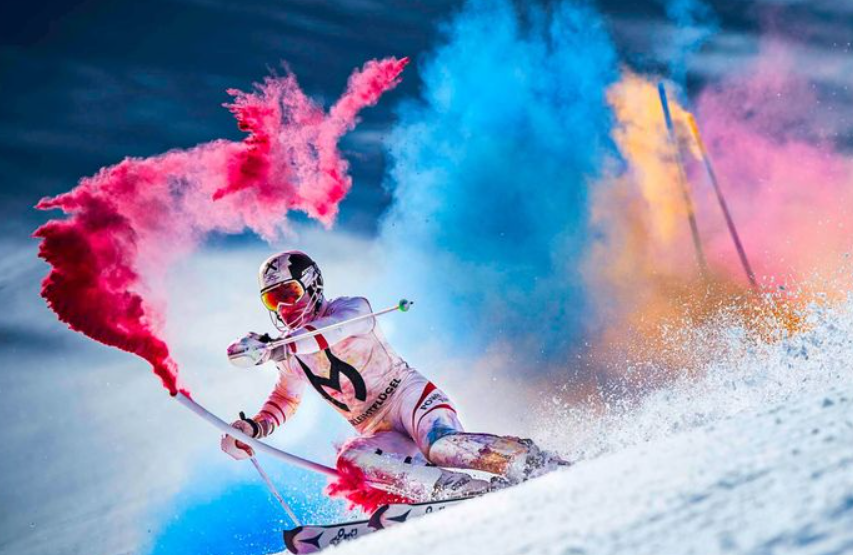There’s no time for second thoughts at 130 km/h. One edge slips, and the mountain takes over. But alpine skiing isn’t just about courage it’s a cold calculation of where to push and where to hold back. For professional skiers, every race is a dance with danger, and the best performers aren’t just fearless — they’re strategic.
This is a sport where a hundredth of a second means the difference between gold and irrelevance. But that split-second is built on thousands of decisions some made days before a race, others within milliseconds on ice.
The Invisible Strategy Behind Every Run
To the untrained eye, downhill skiing looks like pure instinct. But underneath the speed is a surprisingly analytical approach. Before the first turn is taken, athletes and coaches study the course like chess players preparing for an opponent.
They analyze:
- Snow texture and temperature
- Gate placement
- Wind and visibility
Risk isn’t avoided in skiing. It’s shaped.
Risk Zones: Where the Race is Won — or Lost
On nearly every alpine course, there are sections known in the community as “decision zones.” These are places where athletes must choose between safety and speed, between staying within themselves or chasing fractions of seconds.
Skiers might:
- Cut a tighter line to gain time but risk catching an edge
- Stay wider and safer but potentially lose a podium spot
- Absorb a bump for control or go airborne for pace
The calculus changes based on rankings, current form, and even national team expectations. A skier outside the top 20 might risk it all; a favorite may ski within limits and trust their consistency.

Precision Over Bravery
It’s tempting to frame alpine skiing as a test of raw fearlessness. But the elite aren’t the ones who just go fastest they’re the ones who know exactly when to accelerate.
There’s a reason top coaches track every run with GPS, biomechanics software, and custom feedback loops. They’re not chasing adrenaline they’re pursuing precision.
Because at this level, it’s not bravery that wins it’s controlled aggression.
Example of Risk Calculations on Different Alpine Events
| Event Type | Risk Level | Key Focus | Common Trade-Off |
|---|---|---|---|
| Downhill | Very High | Speed, line choice | Time vs. control |
| Super-G | High | Versatility, terrain | Precision vs. boldness |
| Giant Slalom | Medium | Timing, flow | Rhythm vs. aggression |
| Slalom | Moderate | Agility, reactivity | Pace vs. stability |
Each discipline rewards a different balance of instinct and calculation.
And for bettors, understanding those nuances opens a fascinating edge. While alpine skiing doesn’t get the same betting volume as football or tennis, its structure makes it a sharp market for data-savvy punters. Key factors like course familiarity, weather shifts, recent injury history, and split-time consistency can influence outcomes — yet often go underpriced by sportsbooks. Betting on outright winners, podium finishes, or even head-to-head matchups offers value to those who follow World Cup trends and technical event stats closely.
What Risk Looks Like from the Skier’s Perspective
Ask any elite racer, and they’ll tell you: the most dangerous line is often the fastest — but only if you’re in control. The best runs look smooth on the surface, but they’re a constant battle underneath.
A skier’s internal monologue might sound like this:
“Hold the tuck… soften that edge… push now… don’t brake too early… weight inside… trust the skis.”
It’s not just athleticism — it’s neurological execution at speed.
Why We Watch
We watch alpine skiing not just for the medals, but for the mental discipline and edge-of-control artistry. Every race is a test of restraint, explosiveness, and timing the ultimate high-speed balance between risk and reward.
And for those betting on the outcome, it’s not about guessing who’s boldest it’s about understanding where risk becomes opportunity, both on the snow and in the odds.

